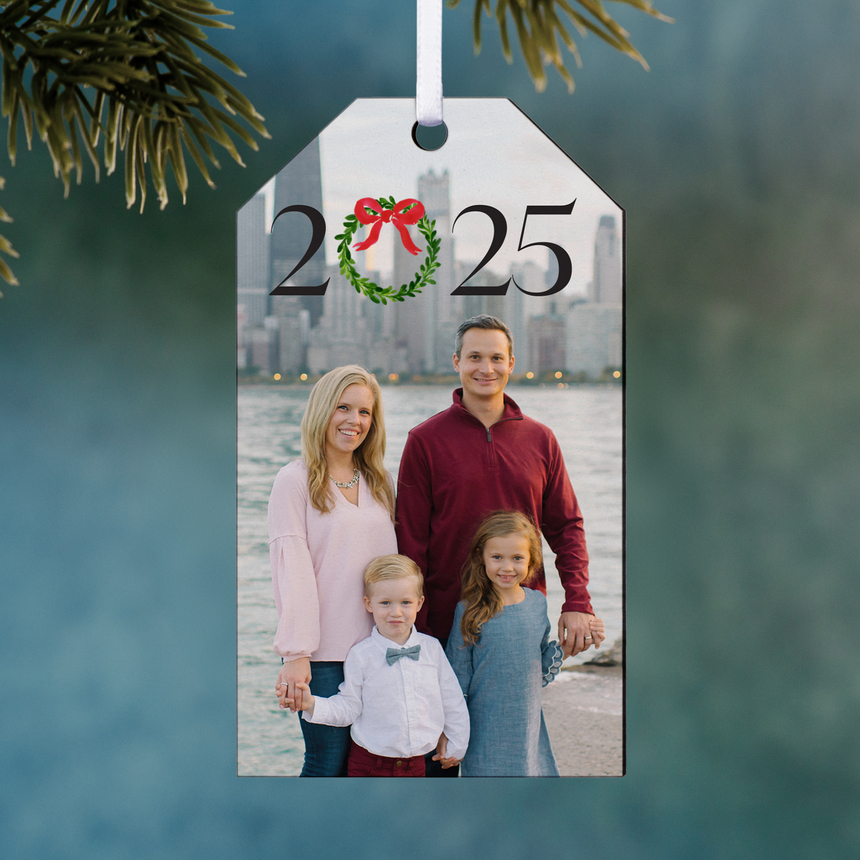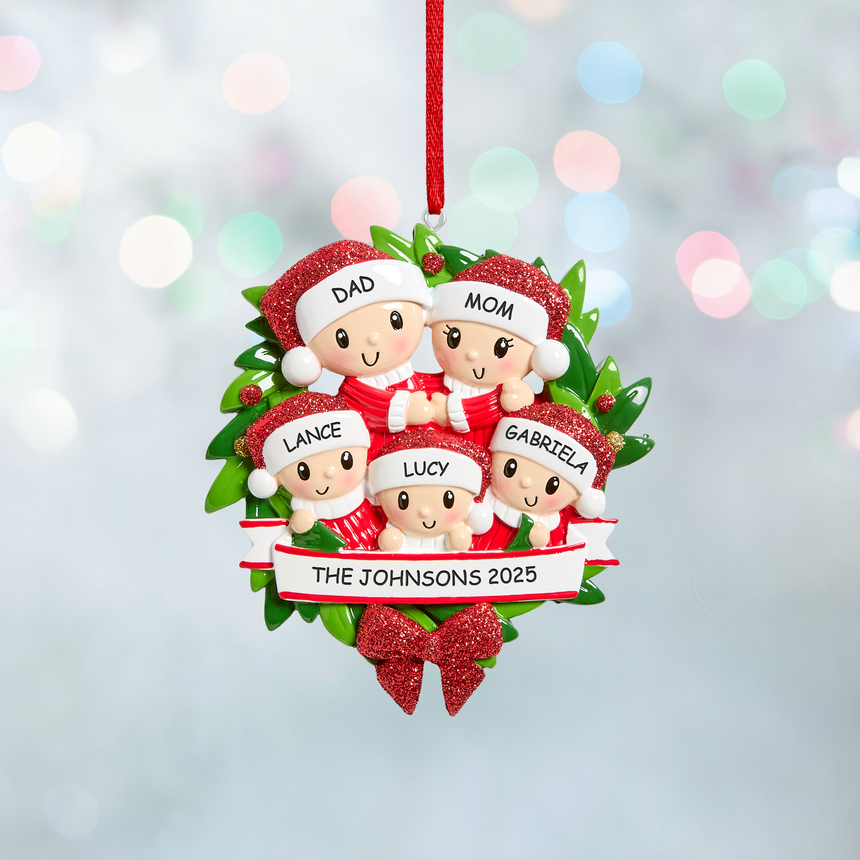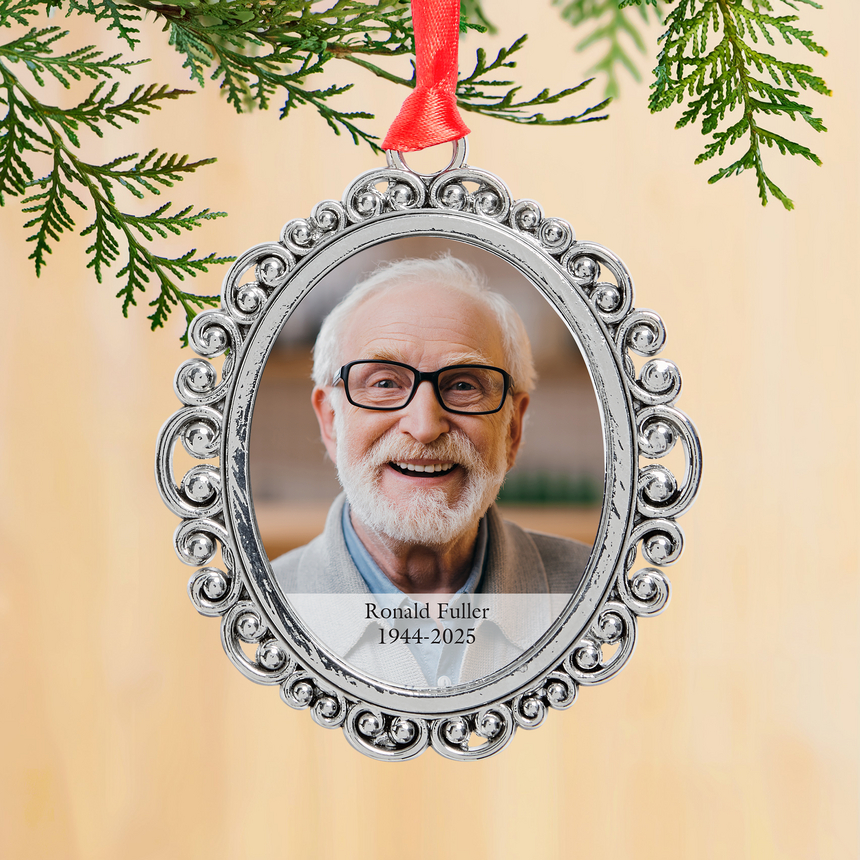Related Articles
A Do-It-Yourself Guide to Quilting
History
The meaning behind the word quilt is “a stuffed sack.” It comes from the Latin word, culcita, and was derived from the French word, cuilte, into the English language. Although the exact origins of quilting are not known, historians do report that appliqué, piercing and quilting were used for furnishings and clothing in early times throughout various — and diverse — parts of the world. The cloths that were made early in the 19th century were made whole instead of pieced blocks like they are in modern times. Quilts became popular for the artistry and aesthetic qualities instead of their purpose and functionality in the late 20th century.
Types and Equipment
One of the two most-used types of quilting today is the process of hand quilting. With this type of quilting, you sew a stitch by hand across the entire area that you plan to quilt with a needle and thread. This is a necessary first step because it is what binds the two layers of fabric together. There is certain equipment that is used during this process to help make it easier for you to control the fabric and its stability. For this purpose, you can use a quilting hoop or frame, and wear a thimble while doing the stitches so you refrain from harming yourself. There are three different types of stitches that can be done while hand quilting: stab stitching, rocking stitching and “loading the needle.”
The other type of quilting that is one of the two most widely used types is machine quilting. With this process, you simply use a sewing machine to sew the layers together. You may also opt to use a longarm machine to attach the two layers together before you begin quilting. Longarm quilting requires the use of a frame that has bars. The layers are rolled, which eliminates the need for pinning or basting. The frames are used along with a professional sewing machine to finish the process.
Tying is another way to connect three layers of fabric. Although this is not considered a form of quilting, it is used on quilts that need to be ready with short notice. In order to tie a quilt, you must have multiple strands of thread or pieces of yarn. In order to finish off the ties, you must do square knots to prevent them from coming loose when washing the quilt.
Processes and Definitions
The traditional process of quilting requires the completion of six steps. The first step requires you to select a pattern, batting and fabrics. The second step requires you to prepare the fabric so that you can make blocks out of them. In order to do this, you must measure and cut the fabric accordingly. The third step is to sew the blocks together, whether by hand or by machine so that you have a completed top. Creating a “quilt sandwich” is the fourth step, which requires you to lay the top piece of the quilt with backing and batting. The fifth step is to connect the layers through hand or machine quilting. The final step is trimming off any excess batting and sewing on the binding.
-
Piecing: Piecing is the process of connecting the block pieces of fabric together for the top piece of a quilt. If you are creating a whole quilt, this is not necessary.
-
Layering: Layering is the process of lining up the top piece of the quilt with the batting and backing.
-
Borders: These are the strips of pieces that are placed around the perimeter of the quilt as the finishing touch to create a finished and completed look.
-
Binding: These long pieces of fabric are attached to the borders and connect the front of the top to the back of the backing.
- Quilting: Using decorative patterns to stitch through all layers of the quilt.
Specialty Styles
-
Foundation piecing: This is the process of sewing the fabric onto a foundation that is permanent or temporary.
-
Echo or Shadow Quilting: This is the process of quilting around an appliqué that is placed on the top of the quilt. It is also referred to as Hawaiian Quilting. The pattern around this piece is then repeated, or echoed, around each previous line.
-
Ralli Quilting: This type of quilting is typically in association with the Gujarat region, and is also referred to as Indian quilting.
-
Sashiko quilting: This is the process of using thick, white thread on dark, often indigo, fabric.
-
Trapunto quilting: Typically in association with Italy, this is called stuffed quilting.
-
Machine Trapunto quilting: The process of using an additional batting layer, along with water-soluble thread. The quilt is then sandwiched and hand quilted with thread made out of cotton.
-
Shadow trapunto: The process of quilting a design and using colored wool to fill in some of the pattern’s spaces.
-
Tivaevae: Deriving from the Cook Islands as a distinct art. Also referred to as tifaifai.
-
Watercolor quilting: A form of scrap quilting that is considered to be sophisticated. Different pieces and prints are used to create a design or picture.
-
Thread Art: Layering the thread on the quilt in order to create a picture.
- Mystery quilts: Using leftover pieces from various quilting projects to create one combination quilt.
Resources
For more information on quilting, including publications, quilting guilds, patterns and other miscellaneous resources, refer to the following links:



















